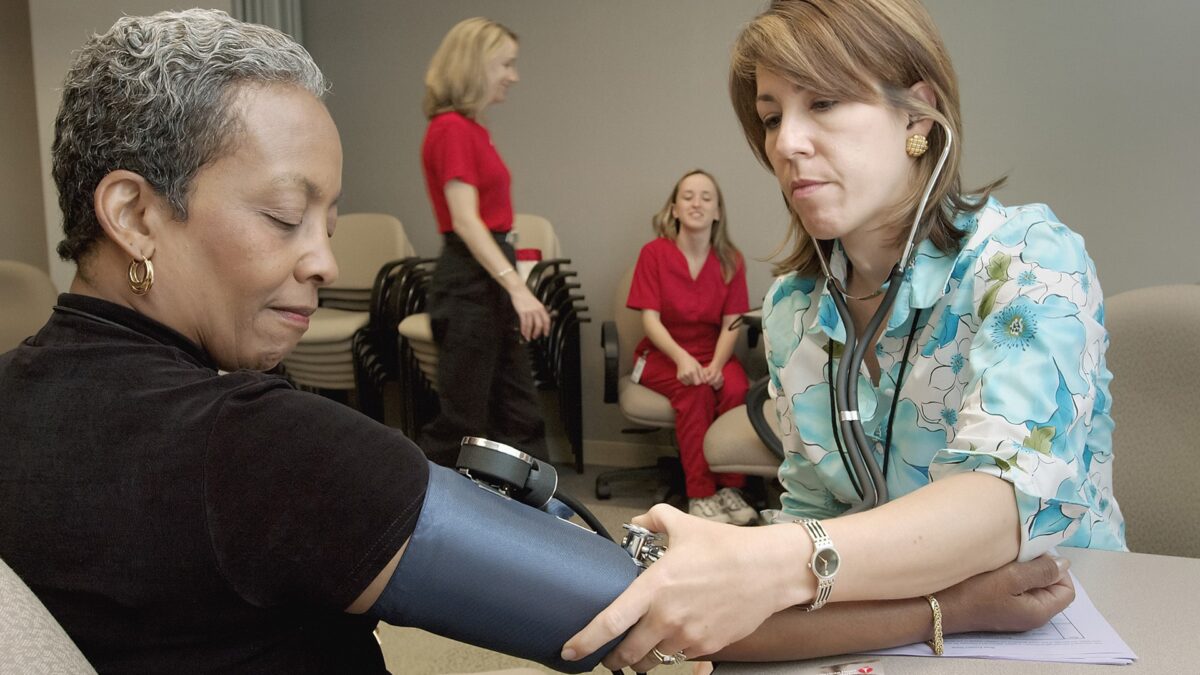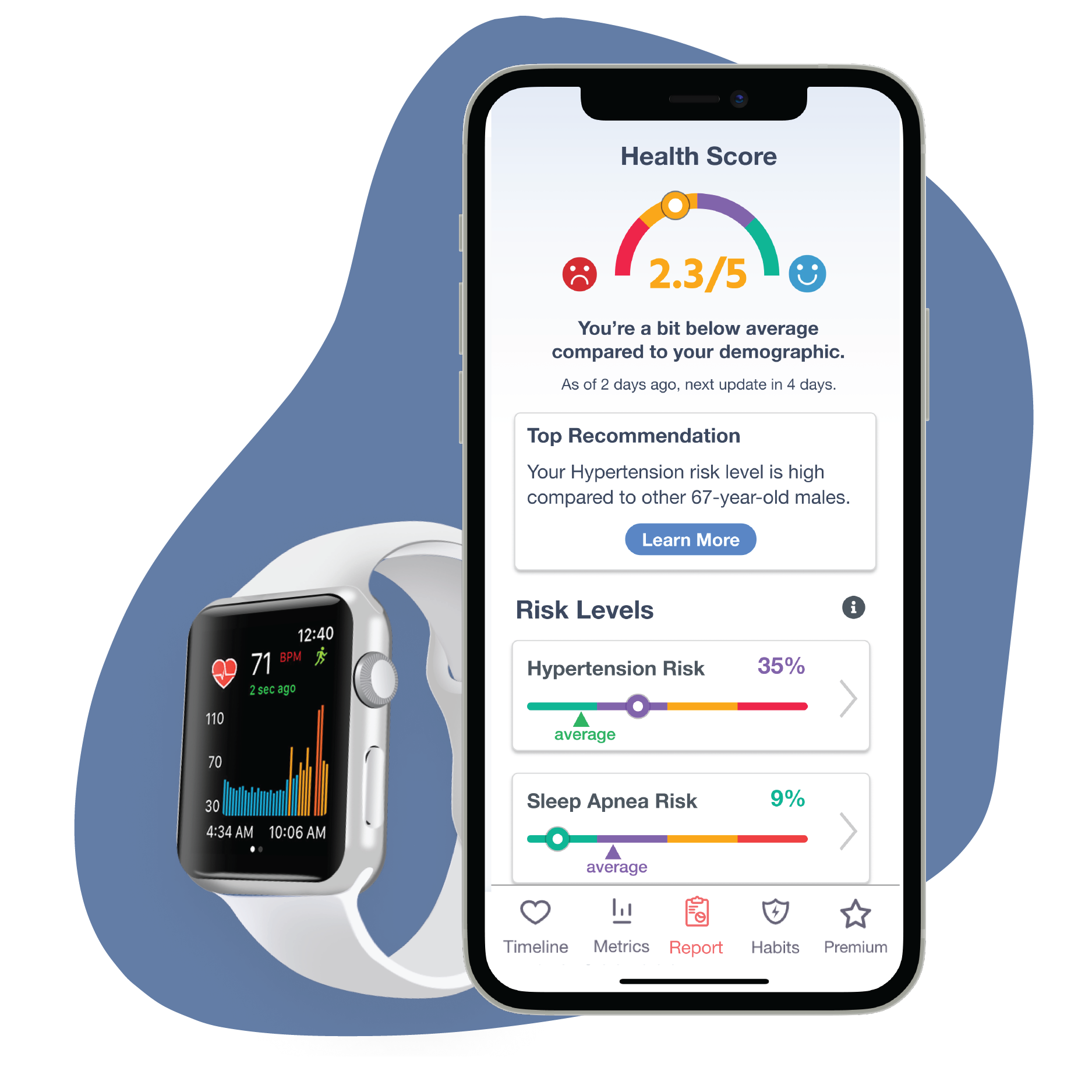When your blood circulates throughout the body, it pushes against the walls of your arteries. The amount of force it creates as it does so is what we refer to as blood pressure.
A “normal” blood pressure reading is typically between 90/60 mmHg and 120/80 mmHg. Anything below that range 90/60 mmHg range is considered low blood pressure.1 However, some people naturally have a lower blood pressure than others. In fact, low blood pressure can even be a sign of good health in certain cases, such as in athletes who, through rigorous and regular physical activity, have a more efficient circulatory system.
Low blood pressure can also be a result of various factors. Some examples include dehydration, certain medications, and underlying health conditions, such as heart disease.1 In some cases, low blood pressure can lead to symptoms such as lightheadedness, fainting, and general fatigue. And, if left untreated, low blood pressure can progress into more serious conditions such as shock, which can be life-threatening.
There’s a variety of potential causes and risk factors for low blood pressure. Some of the most common include:1
- Dehydration. When dehydrated, your blood volume decreases, which leads to low blood pressure.
- Certain medications. Some medications, such as diuretics, are known to lower blood pressure.
- Underlying health conditions. Certain health conditions such as heart disease (particularly arrhythmias), diabetes, endocrine disorders, and Parkinson's disease could result in low blood pressure.
- Pregnancy. Hormonal changes during pregnancy often cause a decrease in blood pressure.
- Nutritional deficiencies. A lack of specific vitamins and minerals in your diet, such as iron and B12, can lead to low blood pressure.
Low blood pressure is considered to be too low when it drops below 90/60 mmHg and is accompanied by symptoms such as dizziness, fainting, or shock, or when it drops suddenly.2
If you experience symptoms of low blood pressure, it’s important that you speak with your doctor to determine the cause and to receive proper treatment. Your doctor may perform tests to measure your blood pressure under certain conditions, and check for any potential underlying health conditions.
There are several ways you can prevent or manage low blood pressure, including:1
- Journal with Cardiogram. Jotting down your blood pressure readings in the notes section of your Cardiogram app can help you and your doctor discover possible triggers more easily.
- Staying hydrated. Drinking plenty of fluids, such as water and electrolyte-rich beverages like lemon water, can help you prevent dehydration and maintain a normal blood pressure.
- Avoiding sudden changes in position. If you already experience low blood pressure, quick changes in position, for instance standing up too quickly, can cause a rapid drop in blood pressure, leading to dizziness or fainting.
- Eating a balanced diet. Eating a diet that’s rich in fiber, vitamins, and minerals, such as iron and B12, can help prevent nutritional deficiencies that can lead to low blood pressure.
- Avoiding potential triggers. If you experience low blood pressure as a result of certain medications or triggers, do your best to avoid these triggers and speak with your doctor about alternative options.



